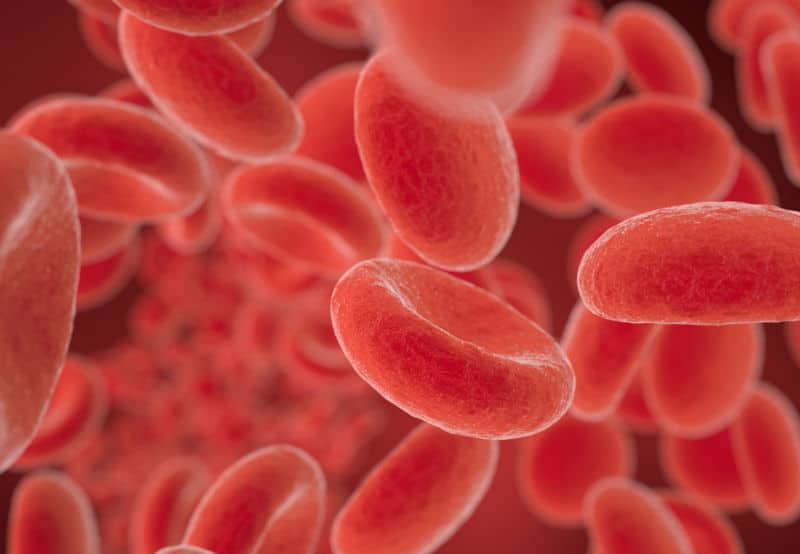Oxidative therapies are commonly known as Oxygen therapies and is due to the use of oxygen to stimulate the metabolism and of course, oxygenate blood and tissues with the sole purpose of heightening the immune system. The principle lies behind the anaerobic/hypoxic conditions needed by malignant cells to thrive, thus the extra oxygen conditions created reverse the advancement of the disease.
We enhance the natural oxidation process and take advantage of cancerous tumorous inability to survive in a high oxygen environment.
There are three major substances used to increase oxygen levels:
1.- Oxygen (O), but used as part of an intermittent treatment named hyperbaric oxygen therapy.
2.- The ozone (O3)Is used to enrich the patient’s blood and to react favorably with skin.
3.- Hydrogen peroxide (H2O2), which is already being released in our bodies and by boosting H2O2 levels we reinforce its benefits.

Our body performs the chemical reactions known as oxidation and is also capable of increasing the oxidative reactions by external input such as vigorous exercise. There are several oxidation reactions that are considered benevolent, respiration and use of food as an energy source are preeminent. On the other hand, even when all other oxidation processes are crucial for our survival, we tend to consider them as harmful, this includes the release of free radicals to be able to fight infections.

Free radicals (highly reactive molecules with unpaired electrons) are known to cause damage to biomolecules, including lipids, proteins and DNA. Free radicals are also the reason behind the antioxidant defense mechanism in organisms and since the endogenous antioxidants (created by our bodies)are not enough , we also obtain them from our diet.
However, is not always possible to detoxify our system from free radicals and as a result, oxidative stress is created. In our lifetime, chain reactions of oxidative damage accumulate resulting in diseases associated with aging and aging itself. Given the importance of oxidative stress, this phenomenon is widely studied. Luckily, there is the possibility to obtain antioxidants from other sources.
Hydrogen peroxide has been called the lifeblood of the immune system.
Oxygen Therapies FAQ
- What benefits should I expect from Hyperbaric Oxygen Therapy (HBOT)?
- Could you name the main conditions that HBOT treats?
- Are there any side effects to HBOT?
- How can ozone be used medically?
- Is ozone considered a safe therapy?
- What diseases can be treated when ozone is given as part of oxidative therapies?
- There are several grades to hydrogen peroxide, which one is used?
- Is hydrogen peroxide (H2O2) naturally found in our system?
- Why the need to add an artificial source of hydrogen peroxide then?
- Could you provide a trusted source that proves oxidative therapies efficiency?
The extra oxygen that you will receive from HBOT will be able to reach tissues and even cells, so you should expect an improvement on illnesses and injuries related to circulatory problems, including wound healing and chronic fatigue. A better quality of life should be obtained once HBOT initiates.
All conditions that benefit from an increased oxygen availability should be considered: carbon monoxide poisoning, diabetic wounds, anemia, tissue infection, migraine, sport and traumatic brain , multiple sclerosis, stroke, cerebral palsy and lyme disease, among others.
With HBOT you could suffer barotrauma, which is a blockage of the Eustachian tube caused by changes on air pressure between the middle ear and the eardrum. This risk can be minimized if preventative measures are taken. Some patients have also reported temporary changes on their vision. We thoroughly evaluate every treatment evolution to prevent oxygen toxicity.
We are mostly familiar with atmospheric ozone than the isolated, medical administered form. It has been long used as a bactericide and fungicide agent and what is more, it has been widely used as a wound disinfectant since WW1. We add ozone and oxygen to more than a half pint of blood to reinfuse it as an enriched blood compound back into the patient.
You can rest assured that ozone is diluted to levels considered safe for therapeutic use.
Lung and infectious diseases, heart related and blood vessel diseases, as well as immune-related diseases.
For internal use, the only grade recommended is 35% food grade, already being used in the food industry, thus it is safe to ingest. Nevertheless, it is always used as a diluted solution , otherwise it can be dangerous and even fatal.
That is right , white blood cells create H2O2 to fight infections and is widely used on the oxidation mechanisms. It is important to note that H2O2 is not a byproduct, but a compound essential for life.
Because there is a good deal of health benefits when the oxidation mechanism is induced. One of the main advantages is being able to improve quality of life (QoL) of terminal patients. Besides, adding H2O2 to our body increases oxygen content to an extent where it can have a great impact on our metabolism, enzyme activity and blood flow.
There are plenty of studies available online that you can consult to confirm its efficiency.
Findings on the following studies correspond with our approach on the subject:
Brown, N. S., & Bicknell, R. (2001). Hypoxia and oxidative stress in breast cancer Oxidative stress-its effects on the growth, metastatic potential and response to therapy of breast cancer. Breast cancer research, 3(5), 323. https://breast-cancer-research.biomedcentral.com/articles/10.1186/bcr315
Fang, J., Seki, T., & Maeda, H. (2009). Therapeutic strategies by modulating oxygen stress in cancer and inflammation. Advanced drug delivery reviews, 61(4), 290-302.
http://www.sciencedirect.com/science/article/pii/S0169409X09000428
Masaru Sagai, Velio Bocci. (2011) Mechanisms of Action Involved in Ozone Therapy: Is healing induced via a mild oxidative stress? Medical Gas Research.
https://www.ncbi.nlm.nih.gov/pmc/articles/PMC3298518/
Matés, J. M., & Sánchez-Jiménez, F. M. (2000). Role of reactive oxygen species in apoptosis: implications for cancer therapy. The international journal of biochemistry & cell biology, 32(2), 157-170. http://www.sciencedirect.com/science/article/pii/S1357272599000886
Vera-Ramirez,L., et al. (2011) Free radicals in breast carcinogenesis, breast cancer progression and cancer stem cells. Biological bases to develop oxidative-based therapies. Critical Reviews in Oncology/Hematology. http://www.sciencedirect.com/science/article/pii/S1040842811000059

